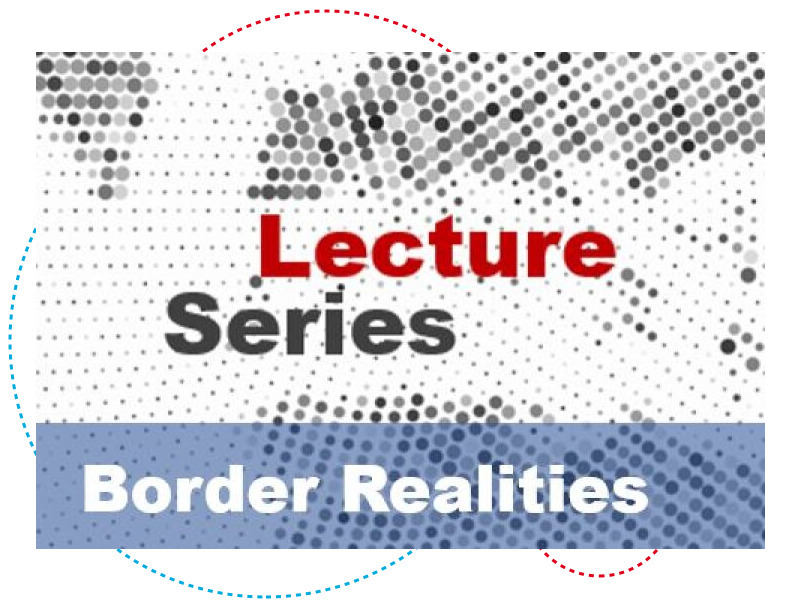For the past two decades, a resurgence of borders has been observed. On the one hand, this is shown by the remarkable increase in border controls, border walls and fortified border installations. On the other hand, however, it shows above all the progressive proliferation or multiplication of borders: they penetrate far into the spectrum of society, they manifest themselves very differently and figure spatially fragmented. This transformation of the border is no longer tangible with the familiar concept of the line, but is reflected in interconnected materialities, localizations, temporalities, corporealities, discourses, and multiple efficacies. These new forms of the border are not only challenging for political actors; also border scholars who engage with the changing border realities are confronted with new conceptual challenges.
Historical legacies and ‘new’ border realities
For centuries, the Strait of Gibraltar has been a crossroads between Africa and Europe; since the 1980s, however, it has increasingly become a “zone of illegality” (Hannoum 2020). By exploring how colonial legacies and EU policies play out in the border region between Morocco and Spain, I show how categories of difference are made and remade across time and space. I pledge to take seriously the historical legacies in the analysis of the resurgence of borders and the emergence of ‘new’ border realities.
Gerhild Perl is Assistant Professor of Social and Cultural Anthropology at the University of Trier.
More information:www.borderrealities.org
